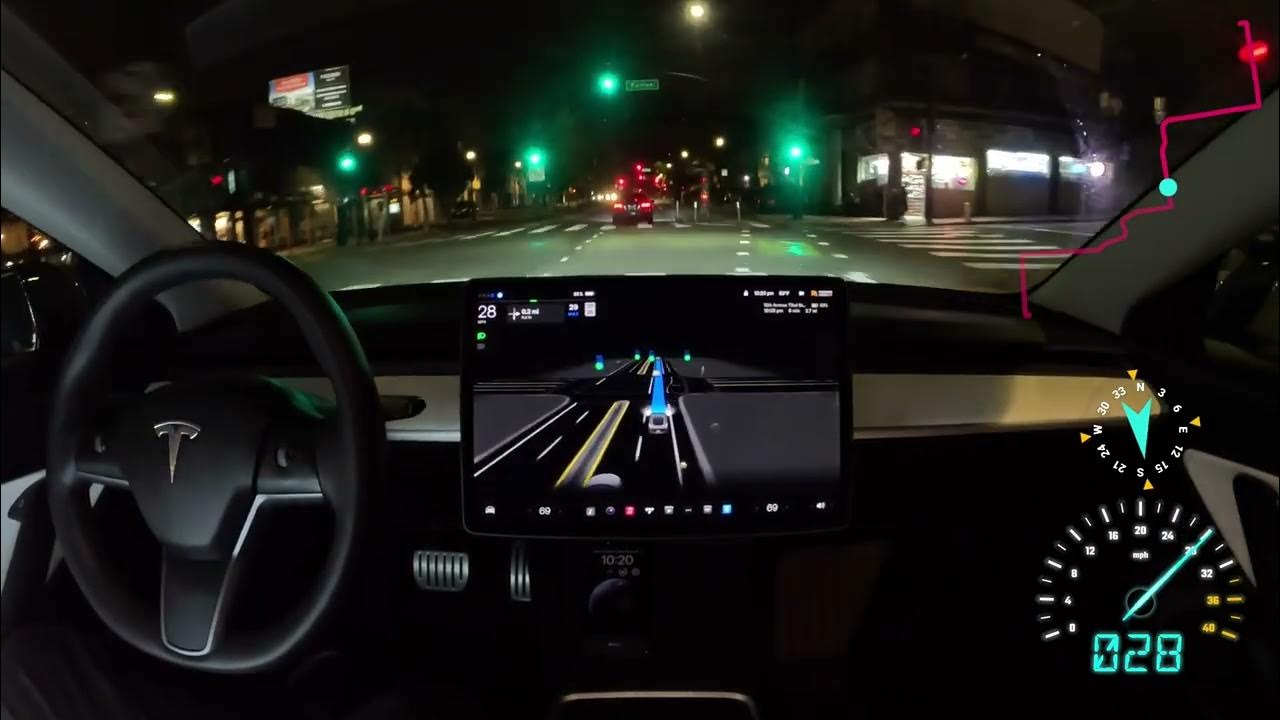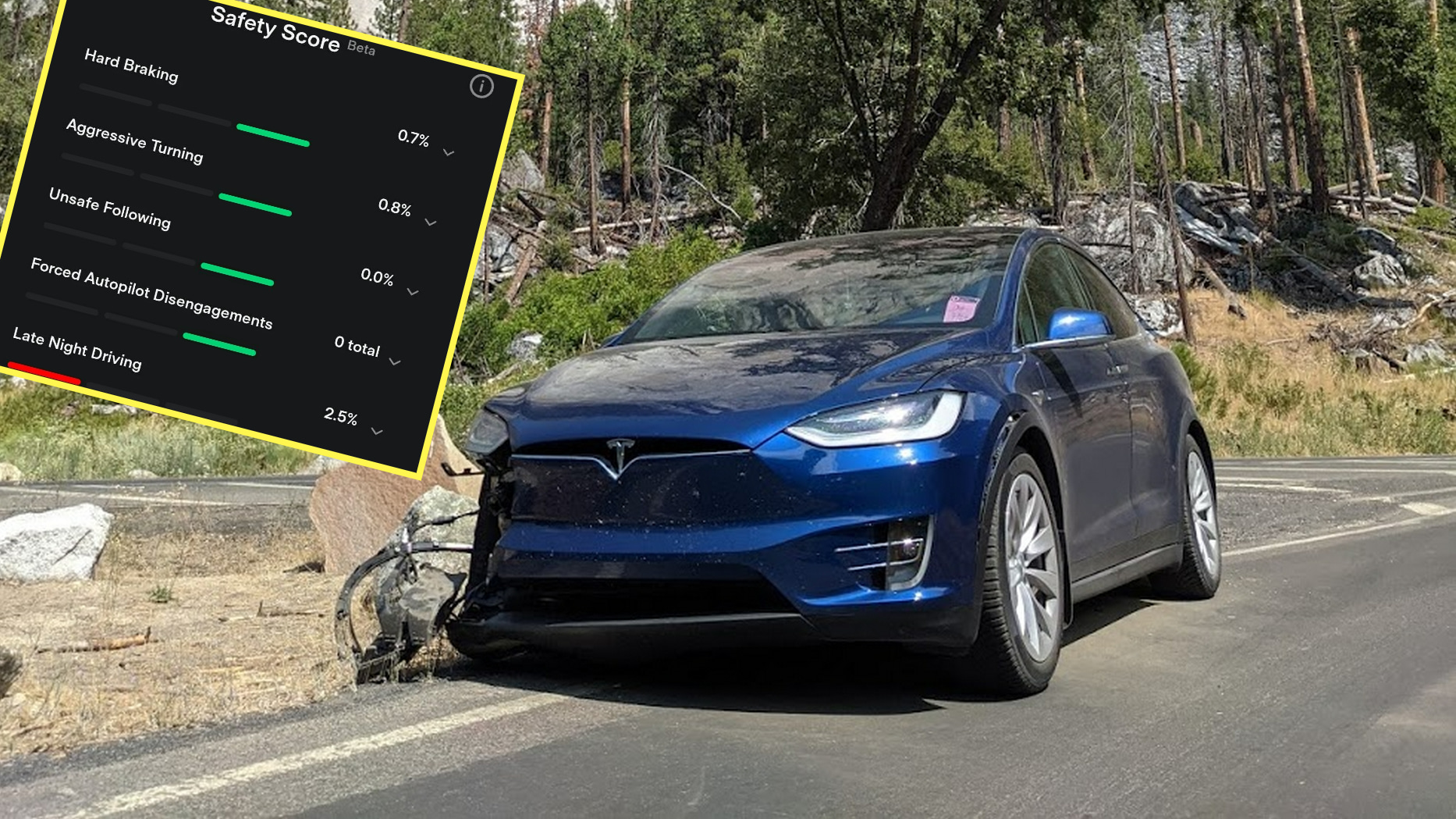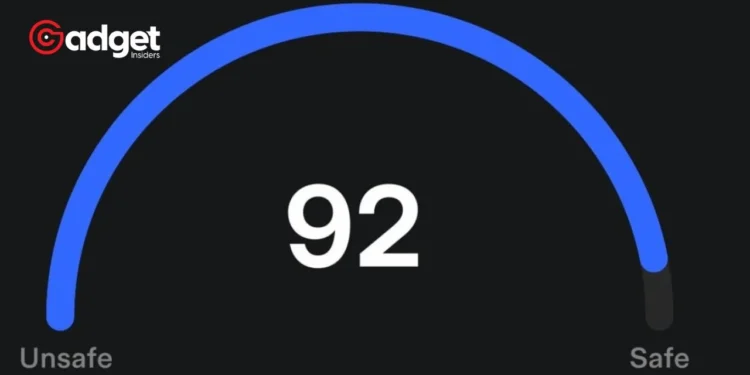In an era where technology and transportation intersect more than ever, Tesla continues to lead the way, not just in electric vehicle innovation but also in the realm of driver safety and insurance. This week, the electric vehicle giant announced an update to its Safety Score system, rolling out version 2.1 with a significant adjustment to its Late-Night Driving metric. The change underscores Tesla’s responsiveness to customer feedback and its commitment to refining the tools that evaluate driver behavior.

A Deep Dive into the Safety Score’s Evolution
Tesla’s Safety Score tool is not just a feature; it’s a cornerstone of the company’s ecosystem, influencing Full Self-Driving (FSD) Beta tester eligibility and Tesla Insurance premiums. The tool evaluates drivers using real-time metrics such as Forward Collision Warnings, Hard Braking, Aggressive Turning, and more. Initially requiring a perfect 100 Safety Score for FSD Beta access, Tesla has nuanced its approach to driver evaluation over time.
In March of the previous year, Tesla introduced version 2.0 of the Safety Score, incorporating new metrics like Excessive Speeding and Unbuckled Driving. Crucially, it also revised the Late-Night Driving metric, which calculates the negative impact on your Safety Score based on the time spent driving between 10 PM and 4 AM. This adjustment aimed to more accurately reflect the risks associated with late-night driving, though it met with mixed reactions from the community.
NEWS: Tesla updates Safety Score to Version 2.1, adjusts Late-Night Driving metric. 11PM is now the cutoff (from 10PM before) https://t.co/N5w0VSVUsP
— Sawyer Merritt (@SawyerMerritt) March 21, 2024
Tesla’s Late-Night Driving Adjustments in Version 2.1
Responding to feedback that the 10 PM start time was excessively early, Tesla has now amended the Late-Night Driving metric in version 2.1. The revised metric now considers driving between 11 PM and 4 AM, a change aimed at reducing undue premium hikes for drivers. Tesla’s website explains, “Updated Late-Night Driving to be risk-weighted based on driving from 11 PM – 4 AM (previously 10 PM to 4 AM). The impact of late-night driving on your Safety Score will depend on the proportion of time spent driving in each hour from 11 PM – 4 AM.”
This adjustment is a testament to Tesla’s ongoing dialogue with its user base and its willingness to update policies in response to constructive criticism. However, it’s noteworthy that the update to version 2.1 did not address concerns surrounding the Forward Collision Warning metric, which remains a point of contention due to its sensitivity and the potential for it to lead to higher insurance premiums without an actual risk of collision.

The Road Ahead for Tesla: Safety, Sensitivity, and Litigation
The sensitivity of the Forward Collision Warning metric has not only frustrated drivers but has also led to litigation. A lawsuit in Illinois in 2022 highlighted the issue, with a driver claiming that his insurance premiums were unjustly increased due to false warnings. Such controversies underscore the complex interplay between innovative safety features, insurance costs, and customer satisfaction.
As Tesla moves forward, the balance between leveraging cutting-edge technology for safety and ensuring customer fairness remains paramount. The evolution of the Safety Score tool, particularly with the introduction of version 2.1, reflects Tesla’s commitment to this balance. Yet, the ongoing discussions and legal challenges suggest that the journey towards perfecting this system is far from over.
In conclusion, Tesla’s update to the Safety Score tool marks another step in the company’s journey to refine its approach to driver safety and insurance. By adjusting the Late-Night Driving metric, Tesla is not just tweaking a system; it’s listening to its community and adapting.
For prospective Tesla buyers and current owners alike, these updates offer insight into Tesla’s commitment to innovation, safety, and customer feedback. And for those looking to join the Tesla family, the referral link offering a three-month trial of Full Self-Driving underscores the company’s push to bring its most advanced features to a broader audience.










